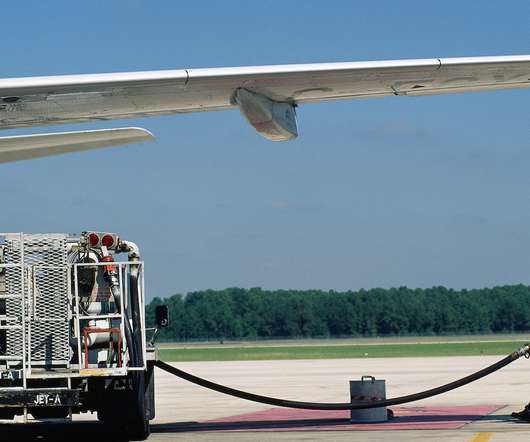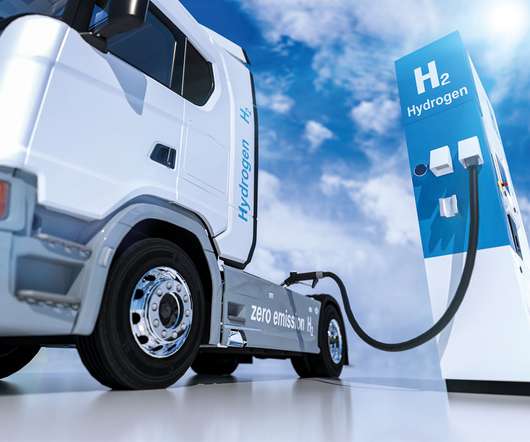Carbon offsets alone won’t make flying climate-friendly
Grist
AUGUST 11, 2022
It’s packed with energy; per unit of weight, at least 60 times as much as the lithium-ion batteries used to propel electric cars. But according to a growing body of research, those efforts leave something out: Most of the planet-warming effects of flying aren’t from carbon dioxide. It’s also terrible for the climate. Others warm it.















Let's personalize your content